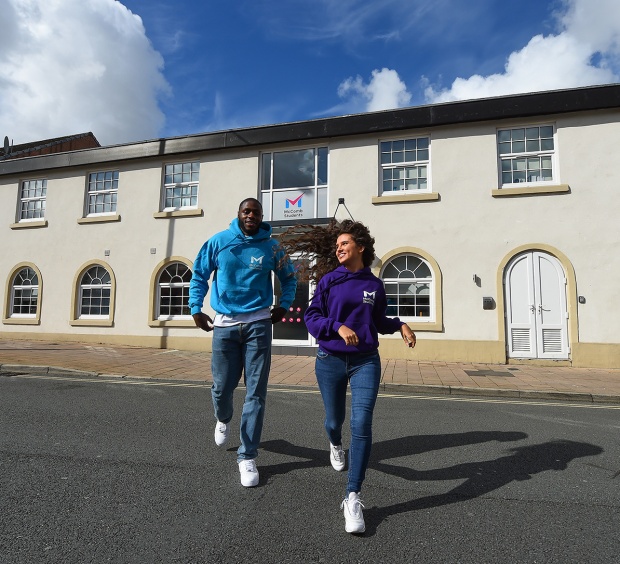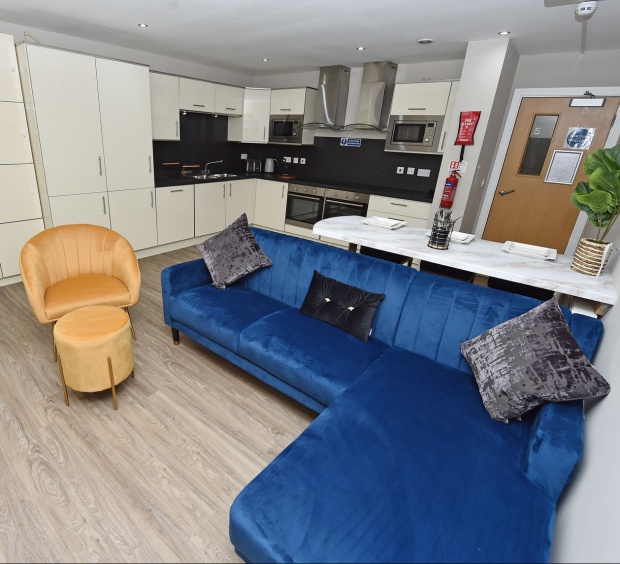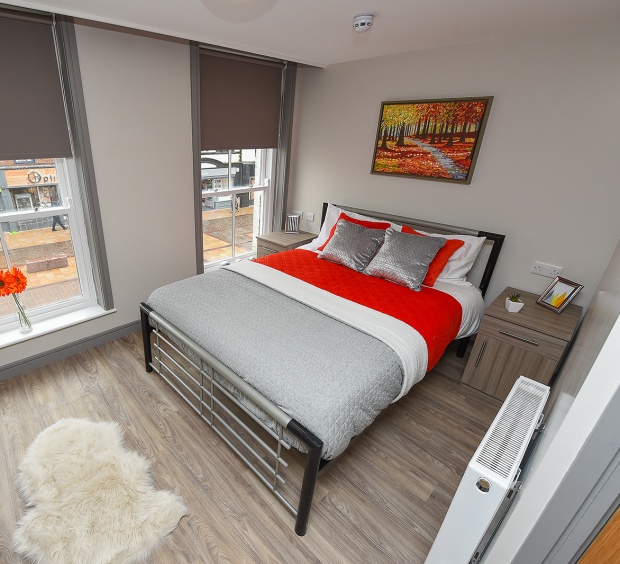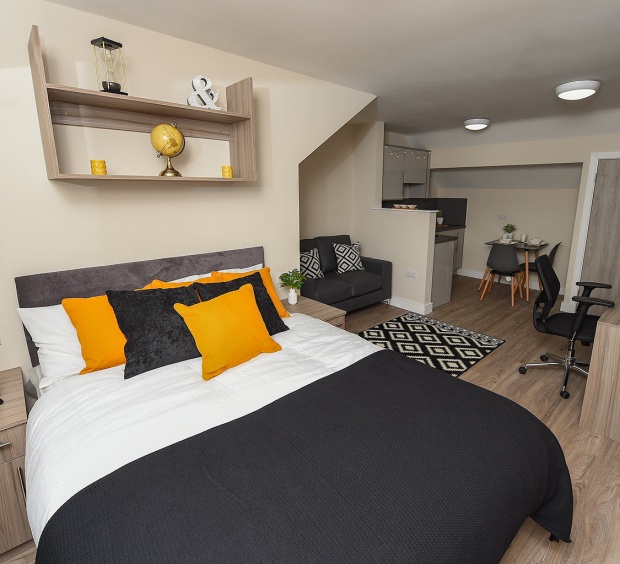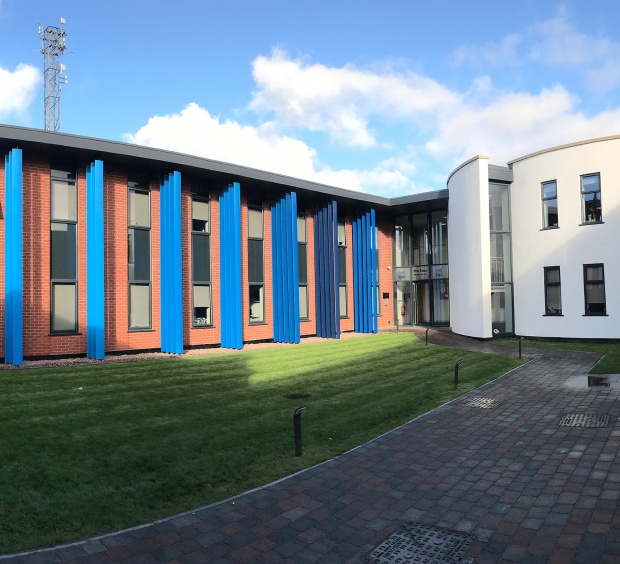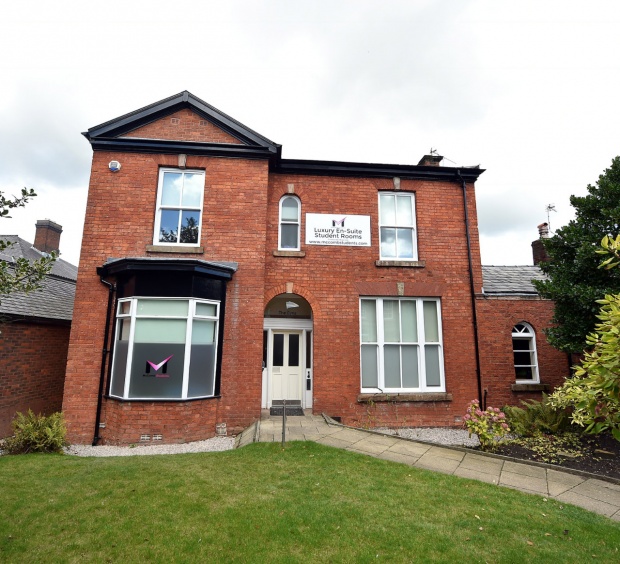

If you’re an Edge Hill University student or even a resident of Ormskirk town then you may be intrigued to know more where you live. This week’s blog post is all about the History of Ormskirk, I’m sure there’s a lot in this post that you never knew about, I certainly didn’t!

The Clock Tower
The Clock Tower stands where Aughton, Church, Burscough and Moor Streets meet. It was built on the site of the Market Cross and was founded in 1876. The “Cross” formed the hub of the market place and around it, traders sold their wares. A table of tolls at the bottom of the Clock Tower listed the amount each stall-holder had to pay for his stall. Locals paid a lower fee than those who were not from Ormskirk. In the turret was the old fire bell given to Ormskirk by William, Earl of Derby, in 1684. The Clock Tower is a real focal point for Ormskirk. People meet here, rest on its benches and lots of events are held around its base.
The Old Town Hall
Numbers 2 and 4 Church Street were once the Old Town Hall which was built in 1779 to replace a still older Town Hall. It was built of red brick in the Heavy Georgian style and the date and the initials ED (Earl of Derby) can still be seen on the rain-water head at the top of the building. Also, to be seen is the coat of arms of Lord Derby, carved in stone in Liverpool and transported along the newly constructed Leeds Liverpool Canal to a point where it could be carted to Ormskirk. The formal rooms were upstairs where the Earl of Derby’s Manor Court met and the Court Leet (previously the equivalent of the Local Authority) used to assemble here. Under the Sessions Room were found the butchers’ shops with slaughter houses at the rear. Also, on the ground floor was the meal house where grain was sold on market days.

The Dispensary
Joseph Brandreth was the son of a wealthy man and worked as a doctor in Ormskirk in the 18th century. He set up a dispensary in what is now called Derby Street so that poor people could obtain medicine and medical advice. When he died, he left money to the poor of Ormskirk and in 1832, together with donations, the money was used to build the Dispensary. The land it was built on was bought from Lord Derby, the stone donated by Lord Skelmersdale and between 800 and 1000 people were treated each year. Today, the building is the home of the Young Farmers’ Club renowned for its variety of ales.
Court Number 5
The shops in church Street once had yards which housed workshops, where, from Medieval Times, craftsmen carried out their trades. In the 19th century, many of the yards behind the shops were turned into what they called “courts”. These were overcrowded houses with families living in just one room. There was precious little daylight in these courts and families had to share just one toilet and these bad conditions led to a high death rate. These buildings are long since gone except for a sign on a passage way entrance to the right of Scott’s the Butchers, indicating the entrance to Court No. 5.
Georgian Town Centre
On the corner of Burscough St. and Derby St. West is an imposing 18th-century townhouse that would have been occupied by one of the local gentry. It has been used as Council Offices and has now been converted back to residential use.

Buck I’ Th’ Vine
Situated in Burscough Street, the Buck I’ th’ Vine is the only surviving coaching inn on the Liverpool to Preston turnpike road. Here the traveller could find warmth, entertainment and food. The inn has a rear courtyard with an old Brewhouse and once had a theatre with a minstrel’s gallery.
The Styles
Further on in Burscough Street, there is an alleyway called Church Walks through which you can reach an old stone house which is now a licensed premise. First recorded in 1609, little is known about its history but it has been thought that it could have been a chapel or even a theatre.
The Ship Inn
Above a row of white-painted shops (no. 14) there is an old inn sign showing a ship in full sail. Long since converted into a shop, this building was once an inn behind which was an 18th-century theatre. In 1788, you could see two plays each evening, all for the princely sum of one shilling (5p)! The theatre was demolished in the 1920s.
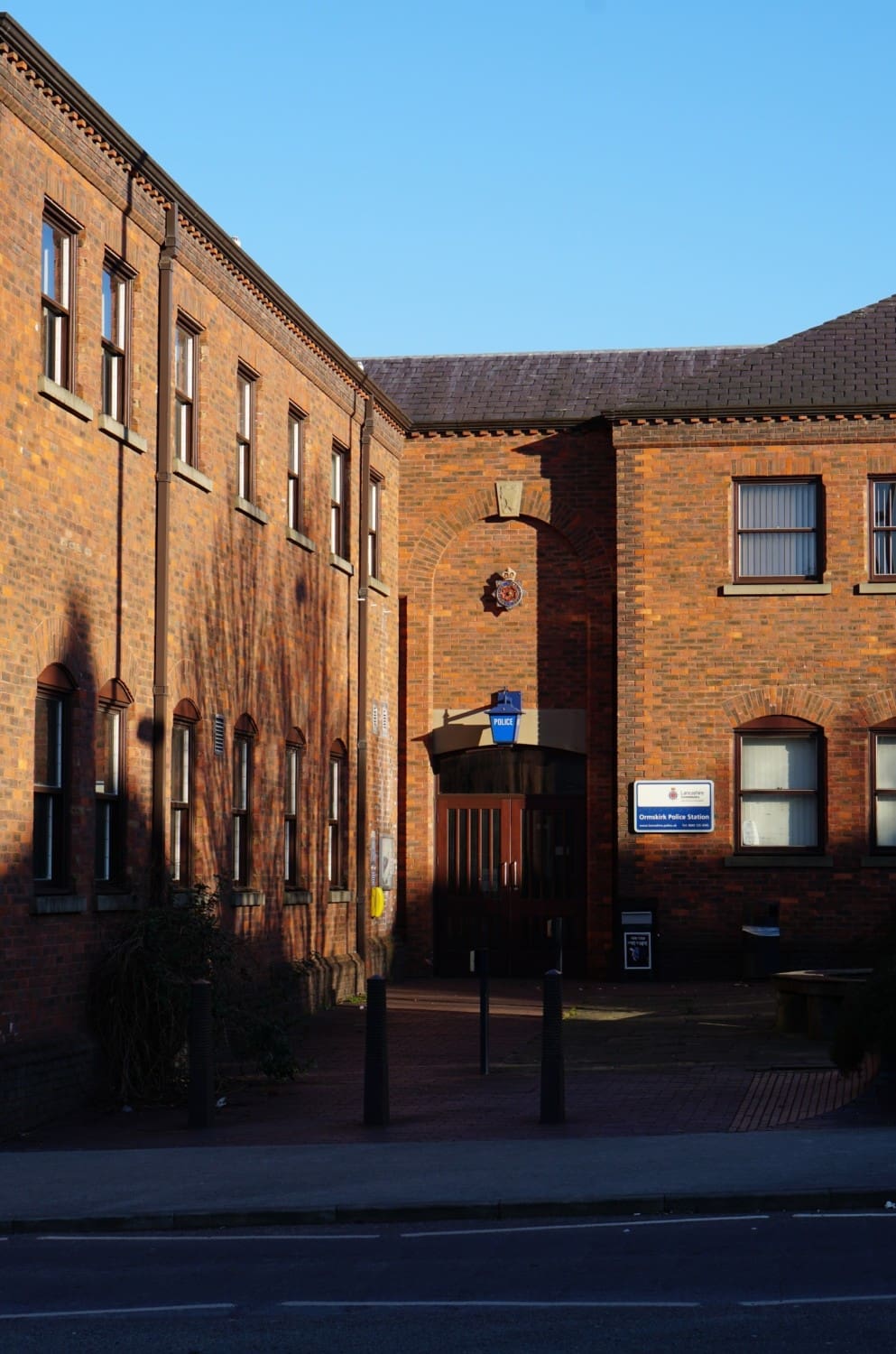
Old Police Station & The Magistrates Court
This is a stone, six bay, early Victorian building built in a “Classical Revival” style. On the wall on the left-hand side is a 19th-century standard feet and yard gauge of 1879 to ensure fair trading in the market Alongside is a blocked doorway with the word CONSTABLE inscribed in the stone. This was the Town Constable’s own doorway. He was an important man in charge of the town’s law and order.
The Former Girl’s Infants school
This splendid building was once a school. It was built in 1837 and was called the United Charity School. Children in Ormskirk were lucky to have a school to go to but life was hard. The children had to provide money for coal for the fire and when there was no coal, the school log book says “children so cold they were crying”.

The Parish Church
The church of St. Peter and St. Paul is one of only three in the country that has a tower and a steeple and the only one that has a tower and a steeple at the same end of the building. The bells and some of the stones came from Burscough Priory after the dissolution of the monasteries around 1542. The old Lady Chapel was the burial place for the Earl of Derby’s family until 1851. Part of the Nave is known as the Kings’ Chancel. Henry VII worshipped here during a visit to his mother the Countess of Derby. In 1877, the church was completely renovated and became the Victorian building it remains today.
Ormskirk Market
Ormskirk received its Market Charter in 1286 from Edward I. In medieval times, a fair was held once a year and a market each Thursday. People travelled to the town from the surrounding countryside. There was a great variety of goods on sale, animals were bought and sold and minstrels and players entertained. In Oliver Cromwell’s time, you would have heard marriage banns being read out in the market place. By 1714, Ormskirk was already becoming famous for gingerbread. In the 19th century, quack medicines were sold in the market. One seller is believed to have been Mr Beecham—famous for Beecham’s pills. Ormskirk Market is now held on Thursdays and Saturdays with special markets held across the year to celebrate the town’s heritage.


Want to discover the history of Ormskirk for yourself? Click on the link below to begin your very own little adventure Ormskirk Heritage Trail
Hope you enjoyed reading this. If you have any ideas or suggestions as to what you would like to see on future blog posts just drop me an email on r.dhodakia@outlook.com











